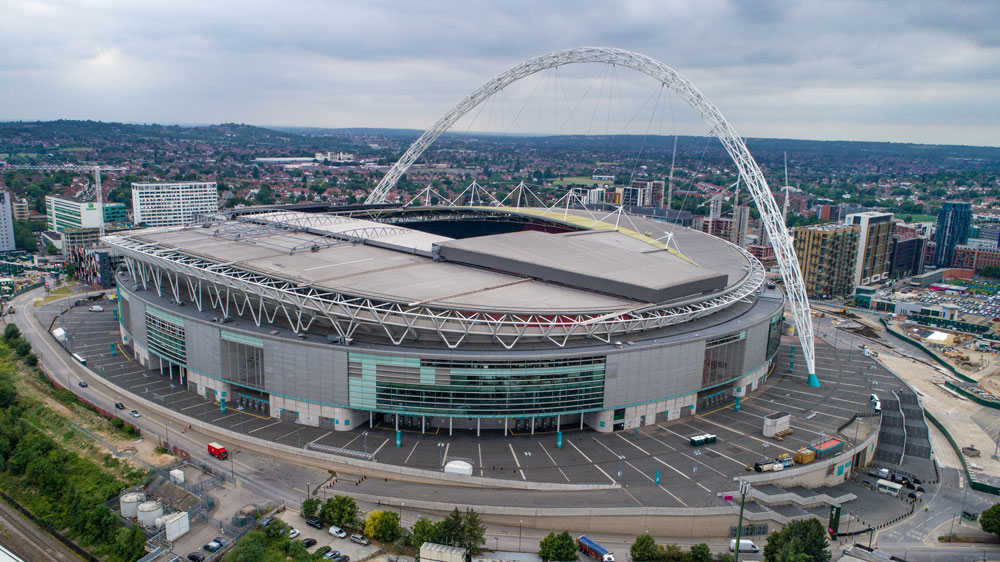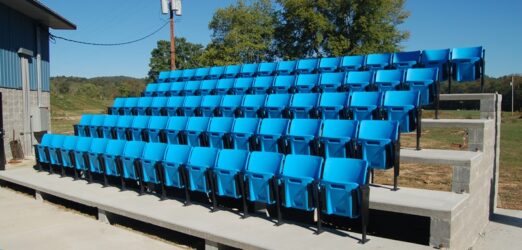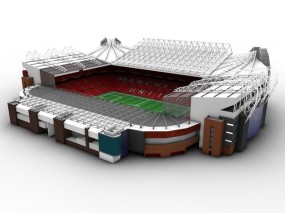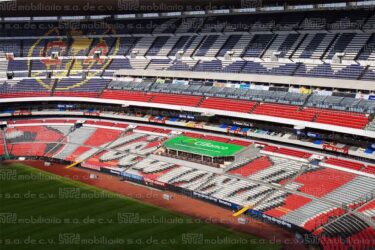Stadium and Arena Design – Exploring Parametric Design
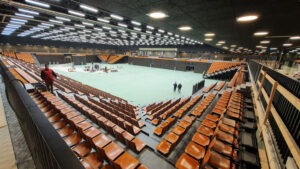 Stadiums are iconic structures that serve as venues for various sports events, concerts, and other large-scale gatherings. The layout of these areas play a vital role in creating memorable experiences for spectators and participants alike. In recent years, parametric design has emerged as a groundbreaking approach in architectural design, revolutionizing the way arenas are conceptualized and constructed. This essay aims to explore the concept of this design and its significance in the context of stadium design.
Stadiums are iconic structures that serve as venues for various sports events, concerts, and other large-scale gatherings. The layout of these areas play a vital role in creating memorable experiences for spectators and participants alike. In recent years, parametric design has emerged as a groundbreaking approach in architectural design, revolutionizing the way arenas are conceptualized and constructed. This essay aims to explore the concept of this design and its significance in the context of stadium design.
Understanding Parametric Design
Parametric design utilizes computational algorithms to generate complex forms and intricate geometries. It involves creating a set of parameters and rules that define the relationships between different design elements. By manipulating these parameters, architects can generate an infinite number of design variations, allowing for the exploration of innovative and unconventional forms.
The Significance of Parametric Design in Arena Design
Customized Solutions: Parametric design enables architects to create customized solutions tailored to specific project requirements. Arenas have unique design challenges, such as accommodating large crowds, optimizing sightlines, and ensuring efficient circulation. Parametric design allows designers to generate solutions that address these challenges while taking into account specific site conditions and functional requirements.
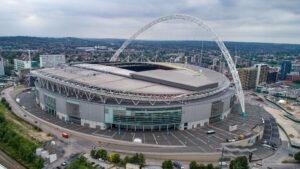 Visual Impact: Stadiums are often considered architectural landmarks within a city or region. Parametric design offers architects the ability to create visually striking and iconic structures that become recognizable symbols. The use of complex geometries, intricate patterns, and innovative material applications can contribute to the visual appeal of the design, making it stand out from traditional typologies.
Visual Impact: Stadiums are often considered architectural landmarks within a city or region. Parametric design offers architects the ability to create visually striking and iconic structures that become recognizable symbols. The use of complex geometries, intricate patterns, and innovative material applications can contribute to the visual appeal of the design, making it stand out from traditional typologies.
Structural Efficiency: Parametric design can optimize structural performance by generating forms that maximize structural integrity while minimizing material usage. By utilizing algorithms that simulate structural behavior, architects can develop lightweight and efficient structures that are both aesthetically pleasing and structurally robust. This approach also enables the exploration of novel structural systems, pushing the boundaries of what is conventionally achievable.
User Experience: The experience of spectators and participants is a crucial aspect of design. Parametric design allows architects to consider factors such as sightlines, acoustics, and seating arrangements, resulting in enhanced user experiences. The ability to simulate and analyze different design variations helps identify optimal solutions that improve comfort, accessibility, and overall enjoyment for those attending events.
Sustainability: As environmental concerns become increasingly important in architectural design, parametric design can contribute to sustainable arena solutions. By utilizing computational analysis, architects can evaluate and optimize energy consumption, daylighting, and ventilation strategies. Additionally, the ability to customize designs based on site-specific conditions allows for the integration of renewable energy systems and environmentally friendly materials.
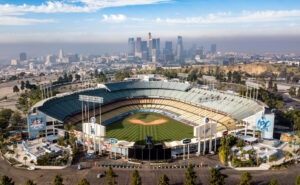 Case Studies: Several notable stadiums around the world have embraced parametric design principles to create iconic structures. The Beijing National Stadium (Bird’s Nest) and the Yas Marina Circuit in Abu Dhabi are prime examples. These structures demonstrate the fusion of design, engineering innovation, and cultural symbolism, resulting in architectural marvels that captivate the imagination.
Case Studies: Several notable stadiums around the world have embraced parametric design principles to create iconic structures. The Beijing National Stadium (Bird’s Nest) and the Yas Marina Circuit in Abu Dhabi are prime examples. These structures demonstrate the fusion of design, engineering innovation, and cultural symbolism, resulting in architectural marvels that captivate the imagination.
Parametric design has emerged as a game-changer in the field of arena design, offering architects a powerful tool to push the limitations of creativity and advancement. By leveraging computational algorithms, designers can create structures that are visually stunning, structurally efficient, and environmentally sustainable. As technology continues to advance, the application of this design is expected to evolve further, shaping the future of architectural marvels that leave a lasting impact on both the physical and experiential landscape of sports and entertainment.



